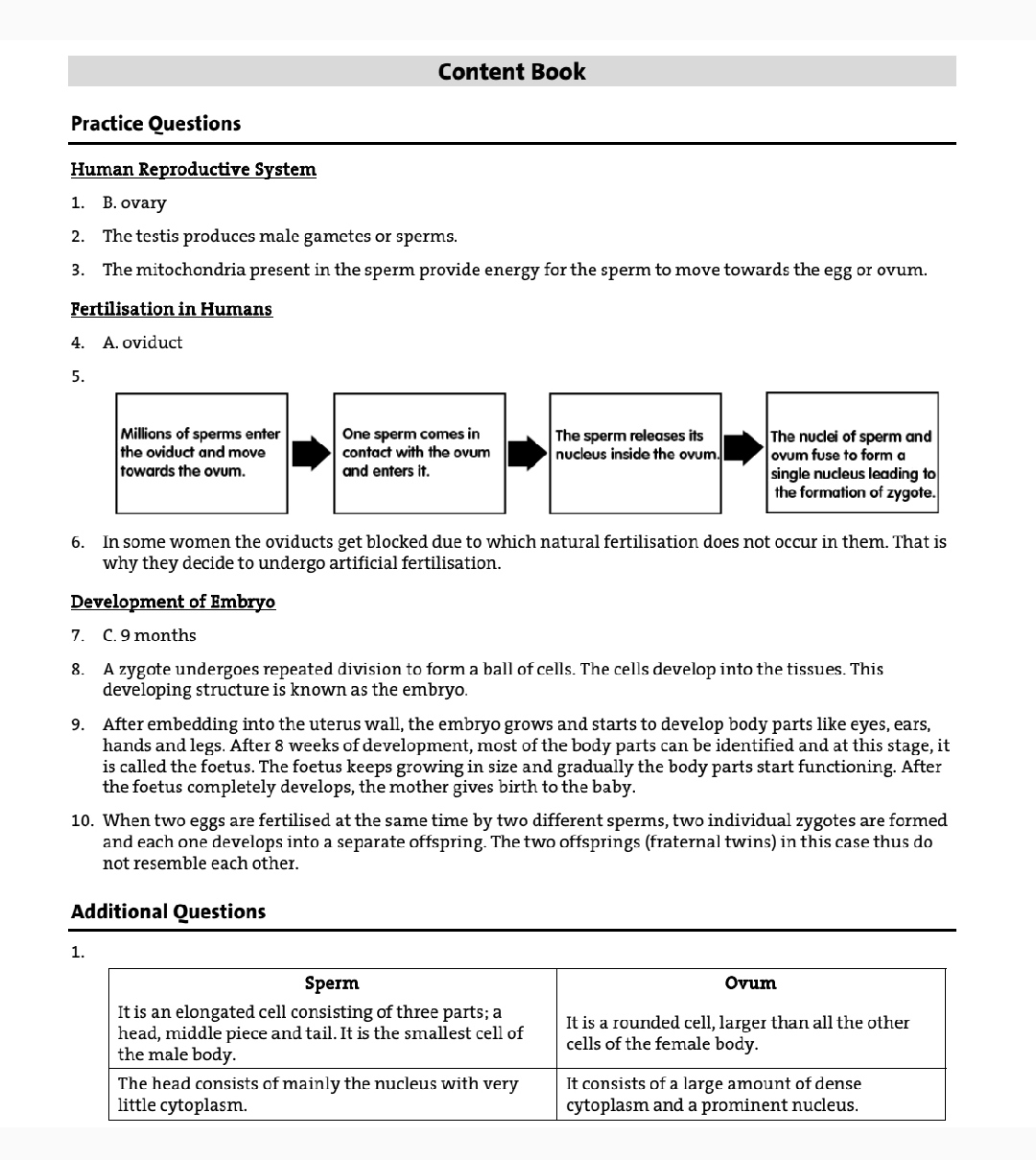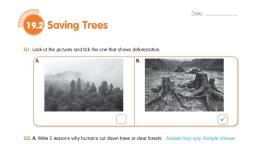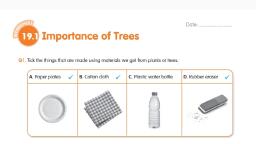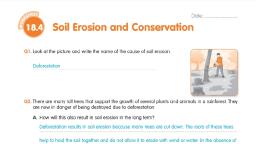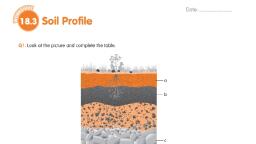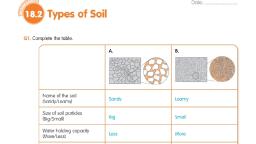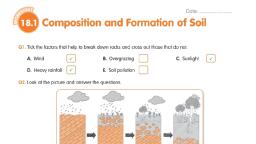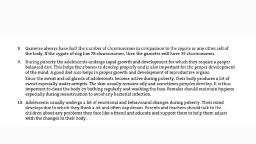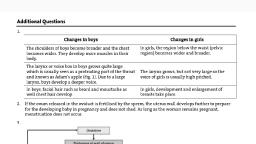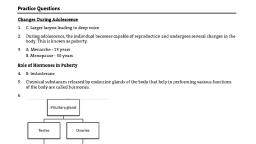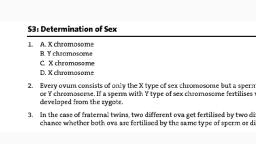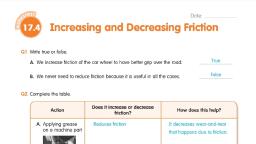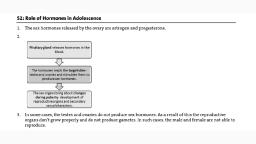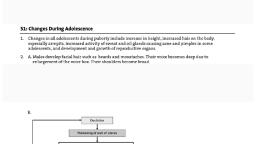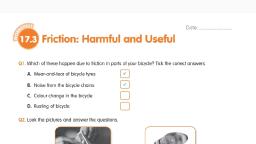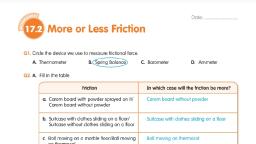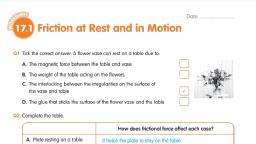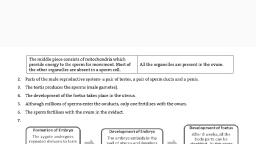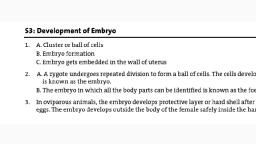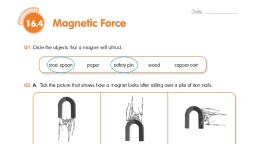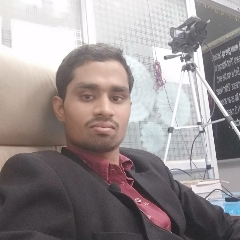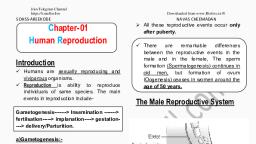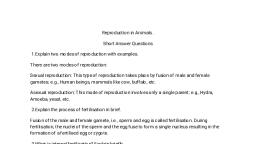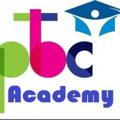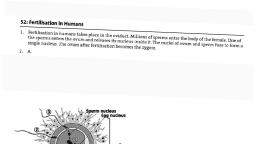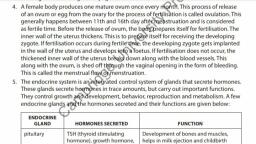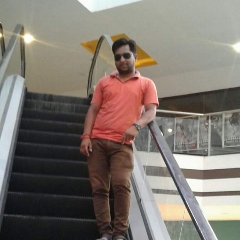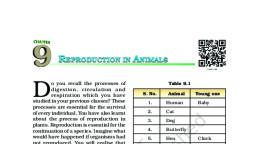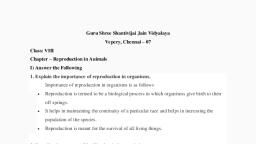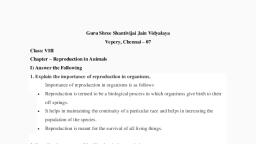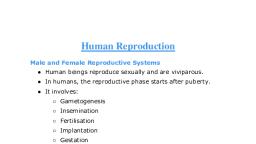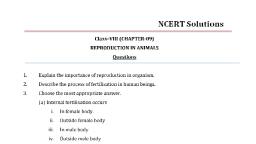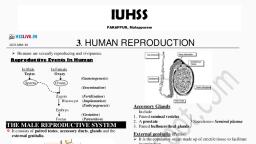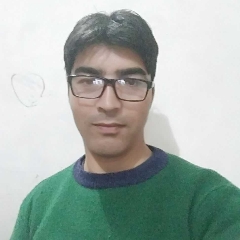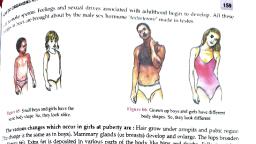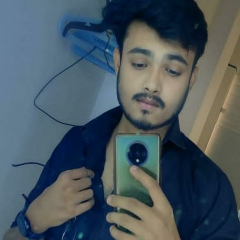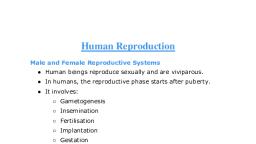Page 1 :
Content Book, Practice Questions, , Human Reproductive System, 1. B.ovary, 2. The testis produces male gametes or sperms., , 3. The mitochondria present in the sperm provide energy for the sperm to move towards the egg or ovum., , Fertilisation in Humans, 4. A.oviduct, 5., , , , the oviduct and move contact with the ovum nucleus inside the ovum. ovum fuse to form a, towards the ovum. and enters it. single nucleus leading to}, the formation of zygote., , Millions of sperms enter ; ‘One sperm comes in ; The sperm releases its »> The nuclei of sperm and, , , , , , 6. Insome women the oviducts get blocked due to which natural fertilisation does not occur in them. That is, why they decide to undergo artificial fertilisation., , Development of Embryo, , 7. C.9months, , 8. A zygote undergoes repeated division to form a ball of cells. The cells develop into the tissues. This, developing structure is known as the embryo., , 9. After embedding into the uterus wall, the embryo grows and starts to develop body parts like eyes, ears,, hands and legs. After 8 weeks of development, most of the body parts can be identified and at this stage, it, is called the foetus. The foetus keeps growing in size and gradually the body parts start functioning. After, the foetus completely develops, the mother gives birth to the baby., , 10. When two eggs are fertilised at the same time by two different sperms, two individual zygotes are formed, and each one develops into a separate offspring. The two offsprings (fraternal twins) in this case thus do, not resemble each other., , , , Additional Que:, , ay, , , , Sperm ovum, , Itis an elongated cell consisting of three parts; a a 7, head, middle piece and tail. It is the smallest cell of | i. Sires aa than all the other, the male body. cells of the female body., , , , The head consists of mainly the nucleus with very It consists of a large amount of dense, little cytoplasm. cytoplasm and a prominent nucleus.
